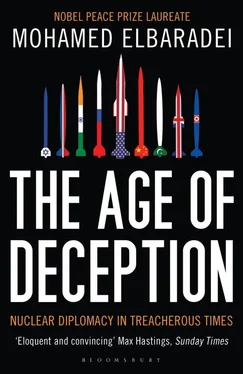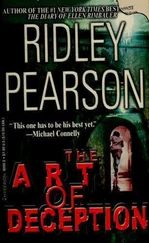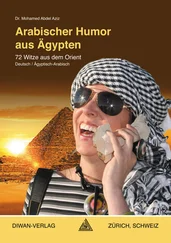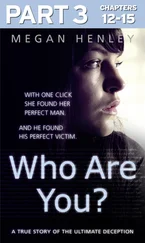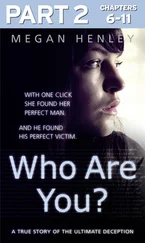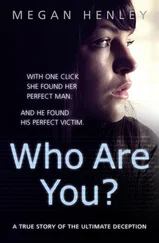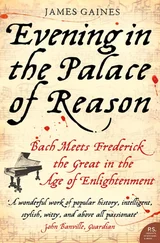As the September 2004 Board meeting approached, I sensed the beginning of a familiar pattern of political maneuvering. Just before or even during the meeting, an allegation accusing Iran of a new cover-up would be made public. An American-led media blitz would follow, sensationalizing the importance of this unproven “new evidence” and calling for strong action. The Iranians, for their part, might provide the Agency with key information or access to a requested site at the last minute, sometimes shooting themselves in the foot because there was not enough time to include the IAEA’s analysis in the Board report.
This time, the push to influence the Board discussions began, as it often did, with John Bolton. Appearing on BBC Two’s Newsnight , he called attention to Iran’s renewed manufacturing of centrifuges. It was no longer enough, he said, for the Iran nuclear file to be handled by the IAEA, “a wonderful but obscure agency in Vienna.” [18] Interview with Gavin Esler on “Iran’s Nuclear Capacity,” BBC Two Newsnight , August 26, 2004.
Instead, Iran should be referred to the UN Security Council. This was ironic, given that Bolton was hardly an advocate of multilateralism.
Then, on the third day of the Board meeting, just prior to discussions on Iran’s nuclear program, the U.S.-based Institute for Science and International Security (ISIS), a think tank that focuses on nuclear proliferation issues, released a series of satellite photos of a military site at Parchin, located roughly forty kilometers southeast of Tehran. The photos were carried on ABC News, with dramatic technical commentary from David Albright, the president of ISIS, about the potential for nuclear-related explosives testing at Parchin. [19] “Photos of Suspected Secret Iranian Nuclear Site Released,” Agence France-Presse, September 16, 2004. Even in its use of language, this AFP article is a good example of the media tendency to hype such issues. Parchin is described as “a large industrial complex hidden in a warren of valleys and crevices”; the access route is depicted as “snaking between barren hills.”
Right on cue, the Associated Press carried an article the next day with an unnamed “senior member of the U.S. delegation” to the IAEA expressing “alarm” and calling it a “serious omission” that I had not mentioned Parchin in my report to the Board. [20] George Jahn, “U.S. Alarmed Over Suspected Iran Nuke Site,” Associated Press, September 16, 2004.
This was nonsense, and an unsubtle attempt to convince Member States that the IAEA was in some way biased. The Agency had been reviewing data on Parchin for some time and had discussed with Iran our interest in visiting this and other military sites. We knew that Parchin was a military production facility where Iran manufactured and tested chemical explosives. We would continue to probe Iran about the site, but at this stage, we had no evidence whatsoever of nuclear-related activity there. These manipulations did nothing, of course, to help stop Iran’s resumption of centrifuge manufacture.
A breakthrough came in mid-October 2004. Representatives of the EU-3, who had not ceased searching for a diplomatic resolution, brought news from Tehran that Iran was open to beginning serious negotiations about the future of its nuclear program. As a precondition for negotiations, the EU-3 leaders asked Iran once again to suspend its enrichment and reprocessing R&D, and the response was positive: the Iranians were open to a voluntary suspension of all of its enrichment and reprocessing activities while negotiations were taking place.
The timing was critical. Politics in Iran were becoming increasingly hawkish. I had just spoken with Sirus Nasseri, a head Iranian nuclear negotiatior and astute political observer. Almost all the candidates for the next year’s presidential election, Nasseri believed, would advocate confrontation with the West. An anti-U.S. platform would help them get elected, even though they probably would then try to take credit for achieving a settlement with the United States a year or so later. A confrontation would also likely reinforce the influence of Iran’s Revolutionary Guard, setting back reforms that had taken place in the last few years. For domestic reasons, it would be impossible for Iran to terminate its enrichment program permanently, Nasseri believed, regardless of who got elected. No Iranian politician would risk public disfavor by ending a program that Iran had endured so much to achieve. Nor were they worried about the possibility of U.S. or Israeli military strikes against their facilities, a scenario discussed at length, Nasseri said. Having mastered the technological know-how, the Iranians could rebuild underground, in a matter of months, any facility that might be destroyed.
Under these circumstances, a voluntary suspension was a significant opportunity. The problem was that the parties could not agree on how to define the scope of enrichment activities to be suspended.
This was an argument of long standing. The Tehran Declaration of October 2003 had rested in part on Iran’s voluntary suspension of “all uranium enrichment and reprocessing activities.” But did this include the preparatory stage of uranium conversion? Did it include the manufacture of centrifuges? After hours of wrangling over the definition in Tehran, it became obvious that an outside arbiter was required. The EU-3 ministers and their Iranian counterparts decided to turn to the IAEA.
Once again we found ourselves at an intersection of technology and politics. A purely technical definition would only require suspending the introduction of nuclear material into a centrifuge enrichment cascade. The Iranians would have been happy with this; they wanted the narrowest possible limitation. But since the suspension was intended as a confidence-building measure, the Europeans wanted a broader definition.
Despite the IAEA’s efforts to clarify the scope of “enrichment and reprocessing activities,” the disagreements had continued throughout 2004. The West had been unhappy that Iran had continued to test its conversion processes, including those that produced UF 6, the feed material for enrichment. Most recently, in August, Iran had begun to process thirty-seven tons of yellowcake, a uranium concentrate, as a large-scale test of its production lines at the uranium conversion facility in Isfahan.
The IAEA ultimately arrived at a reasonable definition that all parties could live with, which cleared the path to an agreement on negotiations. On November 14, in Paris, Iran and the EU-3 signed off on the Paris Agreement, as it would be known. Both sides committed themselves to negotiating in good faith. Iran agreed to suspend all uranium conversion activities, the assembly and testing of centrifuges, and even the import of centrifuge components. Iran’s adherence to the suspension was specified in the agreement as a necessary component for negotiations to continue. Optimistically, the projected scope of negotiations went well beyond the nuclear issue, looking toward cooperative arrangements on a range of economic, political, and security matters, including “firm guarantees” for cooperation on peaceful nuclear technology. The EU-3 agreed to support negotiations for Iran to join the World Trade Organization. Both sides agreed to combat terrorism, including the operations of Al-Qaeda and the Mujahedin-e Khalq. Both also confirmed their support for the political process to establish a constitutionally elected government in Iraq.
At the signing, Rowhani emphasized a number of points, as Iran’s chief nuclear negotiator, which he asked all the governments involved to acknowledge. First, the suspension was voluntary; it was not in any way legally binding. Second, the negotiations should not try to press Iran to move toward a complete termination of its nuclear fuel cycle activities. This was off the table. The Europeans agreed: they were not seeking such a termination, only “objective guarantees that Iran’s nuclear program is exclusively for peaceful purposes.”
Читать дальше
